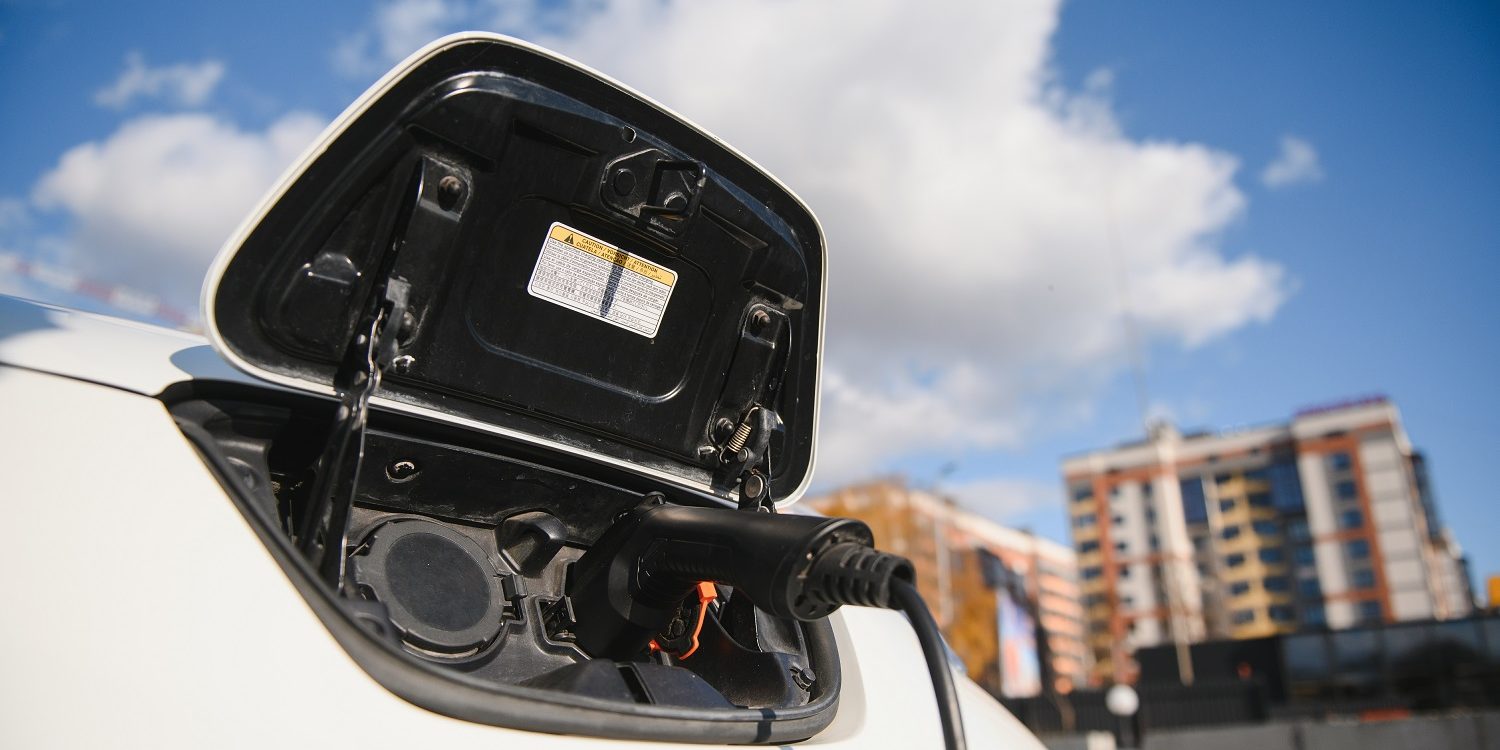Electric excavators and battery haul trucks, not hydrogen or hybrid options, are preferred to displace diesel in iron ore mining, BHP says.
However, the diversified miner’s carbon footprint will get worse before it gets better as commodity production ramps up to meet global demand, investors were warned at a roundtable on Wednesday.
«It’s not going to be a straight line», climate vice-president Graham Winkelman said, as the company grows to meet increasing global demand for its commodities, particularly Australian iron ore for making steel.
BHP was on track for a «credible» financial year 2030 target of at least a 30 per cent reduction in operational greenhouse gas emissions compared with 2020, but emissions would rise in FY2024, he reiterated.
Dr Winkelman said «methodical and capital-efficient decarbonisation» was an important part of the overall company strategy.
«It helps us build an increasingly sustainable and more resilient business, both of which are key to growing long-term value for our shareholders,» he said.
Some 10 per cent of executive remuneration is also linked to climate-related activities.
Nigel Tame, BHP’s head of steel decarbonisation partnerships, said they were working with companies responsible for one-fifth of world steel production on reducing emissions.
«The reality is, on current settings, it will take multiple decades for our steelmaking customers to transition,» Dr Tame said.
«There is also no single decarbonisation pathway for the sector,» he added.
Steelmaking contributes up to nine per cent of global emissions, with no commercially viable net-zero technology available for widespread adoption.
Similarly, technologies to replace diesel are emerging but are not yet commercially viable or available at the scale required.
While some producers plan to rely on hybrid haulage trucks to get them through the next five years, BHP dismissed that option when quizzed by investment bankers.
Nor does it favour the fuel-cell mining trucks being trialled by hydrogen bulls at Fortescue Group.
Dan Heal, vice president of operational decarbonisation, said BHP would go «straight to a battery electric truck» as a diesel replacement in the Pilbara region of Western Australia.
He said retrofitting was an option but the transition would mostly be achieved via fleet replacement.
The first electric truck fleet was expected to be in place by 2028 and the first of multiple electric locomotives would be deployed in 2030 if the technology develops at they believe it can.
Far from the electricity grid, power requirements are also a challenge and are being met with renewable power purchase agreements.
To counter the increase in emissions from business growth, BHP said it plans additional deployment of renewable electricity before 2030.
Carbon credits would be needed to achieve the 2050 net zero goal, the company conceded.
«We are likely to source and relinquish carbon credits in coming years to meet compliance obligations under Australia’s safeguard mechanism,» Dr Winkelman said.
But BHP would not count those «compliance carbon credits» towards achievement of the 2030 target, he said.








